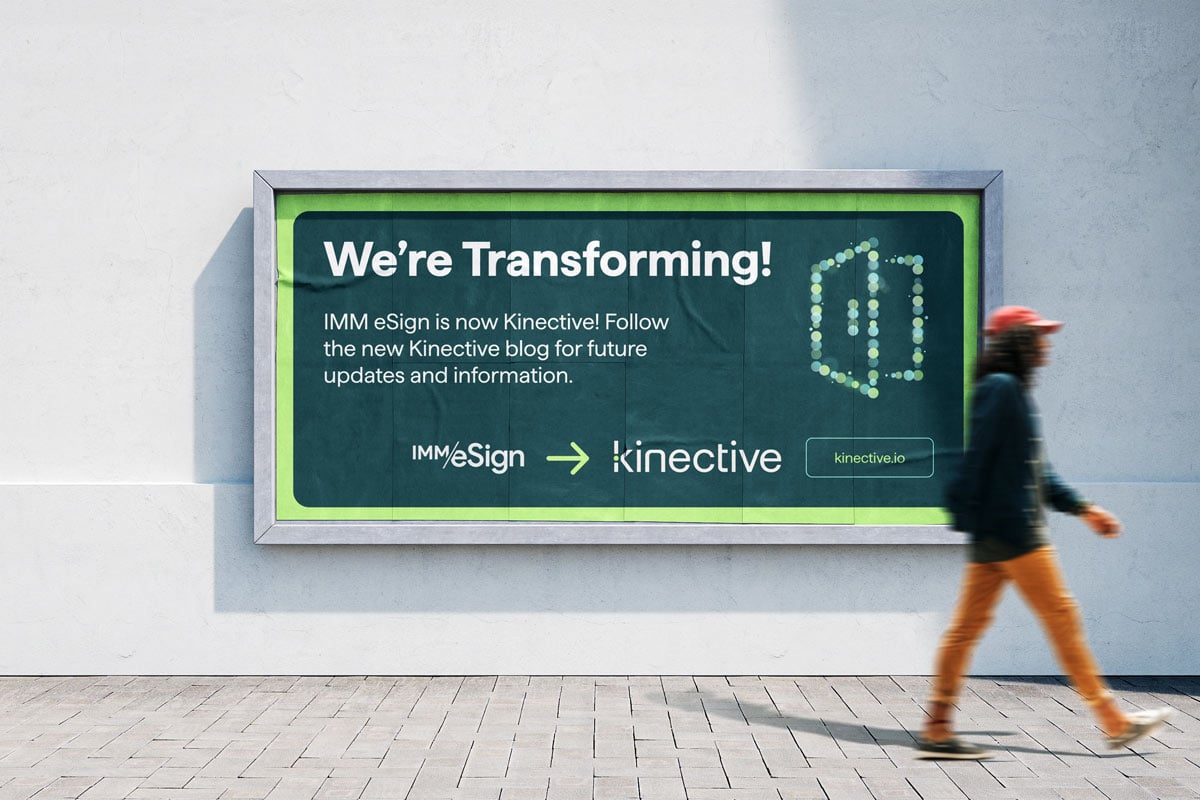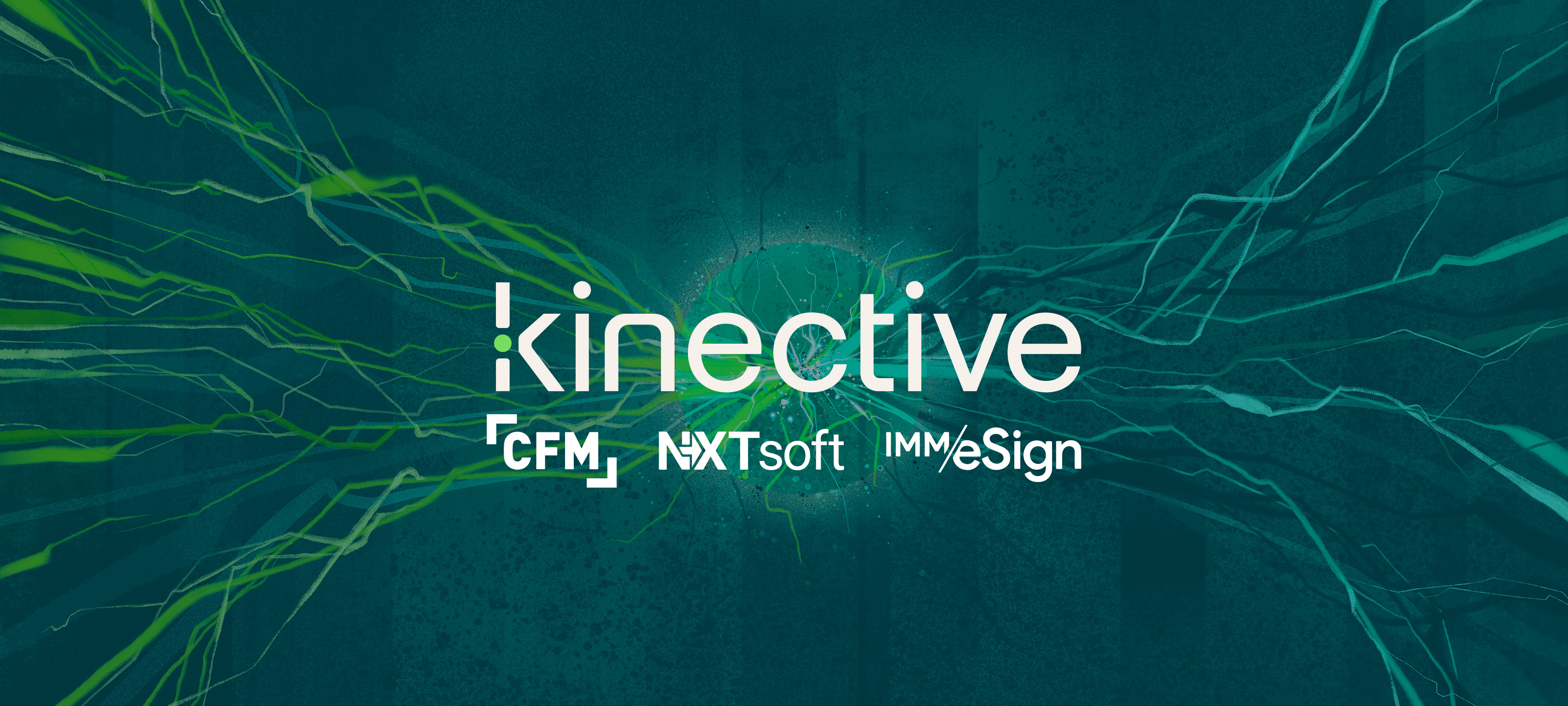It’s that time of year when the urge to make predictions about the coming business year becomes irresistible. On the cusp of a new year, we’re listening to everyone around us and the buzz and questions regarding the current and future economic climate. As an industry, we’ve learned valuable lessons from the past that will enable institutions to not only weather the prospects of an economic storm but also identify and seize new opportunities, charting a course that navigates short-term potential challenges while paving the way for a brighter future.
A recent post by Forrester’s Alyson Clarke highlighted three key trends likely to shape the banking landscape in 2023. In particular, investment in technology and innovation will remain critical but take a somewhat different form than in recent years. Building on the key trends outlined in the Forrester report, I believe the following roadmap can offer considerations for navigating the 2023 road that lies ahead.
Investing for the Bottom Line
Banks and credit unions will look closely at how to drive savings after a period of emphasis on growth.
Fortunately, there are plenty of opportunities to generate near-term savings without shying away from existing digital initiatives, thereby establishing a solid foundation for future growth opportunities that will likely emerge sooner than expected.
Forrester identifies “process miners” as key players in this next wave of investment, striking a balance between innovation, automation and efficiency. eSignatures deliver unprecedented levels of back-office efficiency and workflow automation while continuing to elevate the banking transaction experience. Financial institutions don’t have to sacrifice experience-driven innovations for efficiency and savings considerations. eSignatures do both and help further prepare the institution to ride the positive waves of those investments post-storm warnings.
The Technical Debt of Manual Processes
Forrester highlights the need for FIs to address their accumulated technical debt. This typically refers to the roadblocks caused by legacy core systems, which can delay the introduction of the modern features desired and expected by consumers. However, many FIs are saddled with additional costs and constrictions of cumbersome, manual back-office processes and workflows. Paper-based banking transactions requiring “wet” signatures should be the poster-child example of technology debt.
To provide a “true” end-to-end digital environment, daily operations should be automated using an advanced, business-rules-based digital transaction management platform that not only drives organizational efficiencies but also boosts productivity and enhances regulatory compliance. As Forester points out, core system modernization is inevitable but a lengthy, labor-intensive process. In the near term, investing in digital-enabled transaction management solutions that connect the front end to the subsequent back-office processes provides institutions the agility to respond quickly to changing markets and evolving consumer demands.
What Could Be Greener?
Finally, Forrester focuses on the booming green finance market. They refer to green bonds, loans and other government-subsidized financial instruments designed to accelerate the transition to a green economy. At IMM, we start with a more fundamental view: what could be greener than saving the trees that are continually sacrificed to print the reams of paper forms supporting legacy account and loan application processes?
Venturing further down this sustainability path, nearly all FIs will eventually want to participate in this rapidly growing category. In fact, Forrester projects that green loans will double in volume, reaching $270 billion in 2023. Wouldn’t it be embarrassing, or perhaps disqualifying, to require applicants to complete printed forms and slog through a legacy paper process for one of these products?
Many experts predict an interesting environment in 2023 for banks and credit unions. While the market and economy seem to be up in the air, none of these uncertainties should dissuade FI leaders from proceeding with critical strategic initiatives, especially when they can generate near-term rewards while simultaneously advancing long-term imperatives. At IMM, we welcome the new year and look forward to helping more banks and credit unions elevate consumer experiences, drive workplace innovation, and enhance sustainability considerations in 2023.






